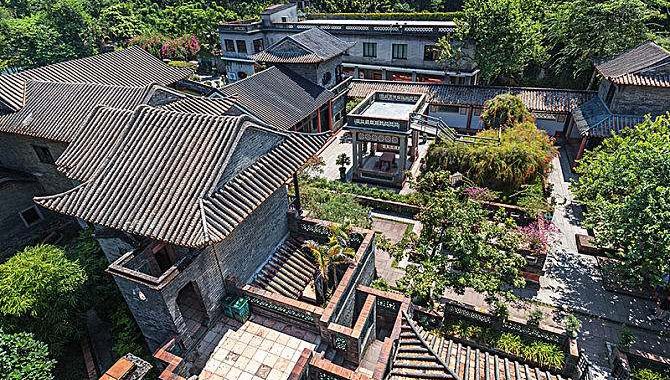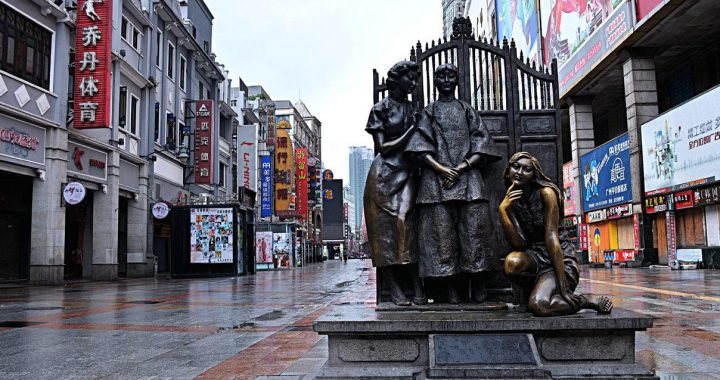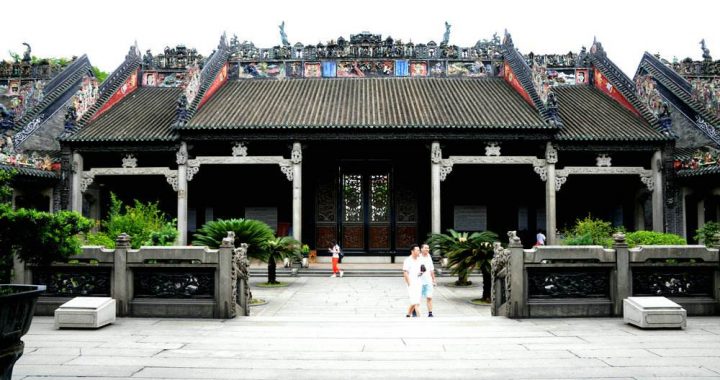Silk Road and Traditional Crafts
4 min readSilk Road
The Silk Road or Silk Route is a modern term referring to a historical network of interlinking trade routes across the Afro- Eurasian landmass that connected East, South and Western Asia with the Mediterranean and European world, as well as parts of North and East Africa. Extending 4, 000 miles, the Silk Road gets its name from the lucrative Chinese silk trade along it, which began during the Han Dynasty. The central Asian sections of the trade routes were expanded around 114 BC by the Han dynasty, largely through the missions and explorations of Zhang Qian, but earlier trade routes across the continents already existed.
Traditional Crafts
With long history and splendid culture, Guangzhou is famous for many excellent traditional crafts, of which Ivory carving, Jade Carving, Wood carving, Guangdong enamel and embroidery are the most representative.
Lvory carving
The origin of ivory carving can be traced back to more than 2, 000 years in the Jin Dynasty. Guangzhou’ s ivory carving techniques feature motifs depicting people, birds, beasts and flowers and carved ivory ornaments are common in the study of the literati.
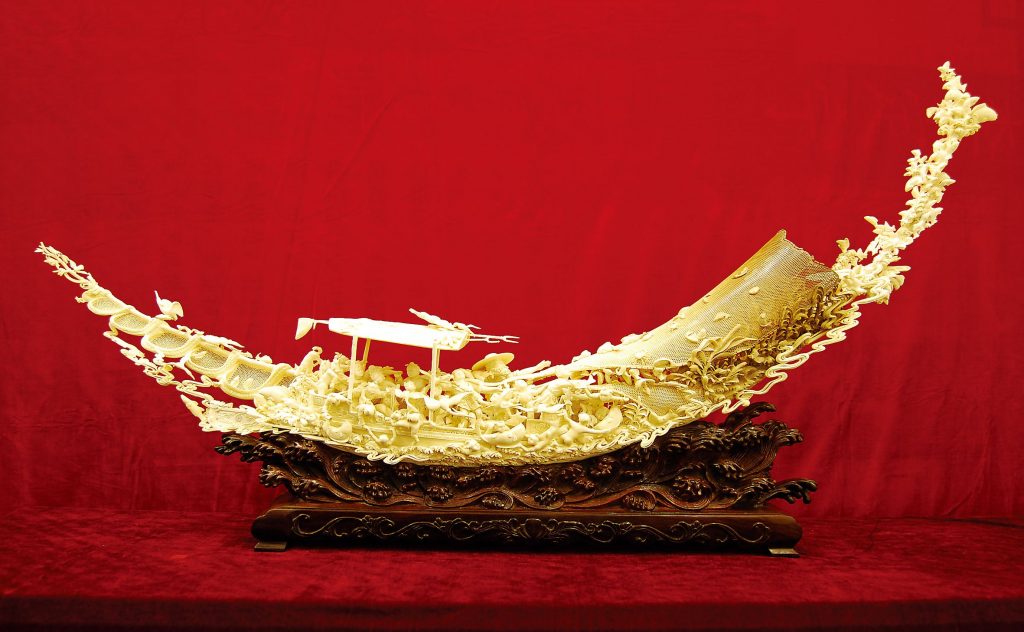
Traditional ivory products include ivory balls, slabs and vases with ivory balls being the most sought- after in the genre. Technically Guangzhou ivory carving falls into two categories: round carving and hollowed carving. Roundivory carvings are mostly solid handiworks featuring patterns of people, animals and natural landscapes whereas hollow ivory carvings are primarily ivory vases, miniature floral towers, crab cages and ivory balls.
Jade carving
The origin of Guangzhou jade carving can be traced back to the middle and late Tang Dynasties dating to more than 1, 000 years ago. Guangzhou jade carving is noted for its special“ color retaining” technique, which helps retain the natural color of raw jade and improve the exquisite appearance of the jade.
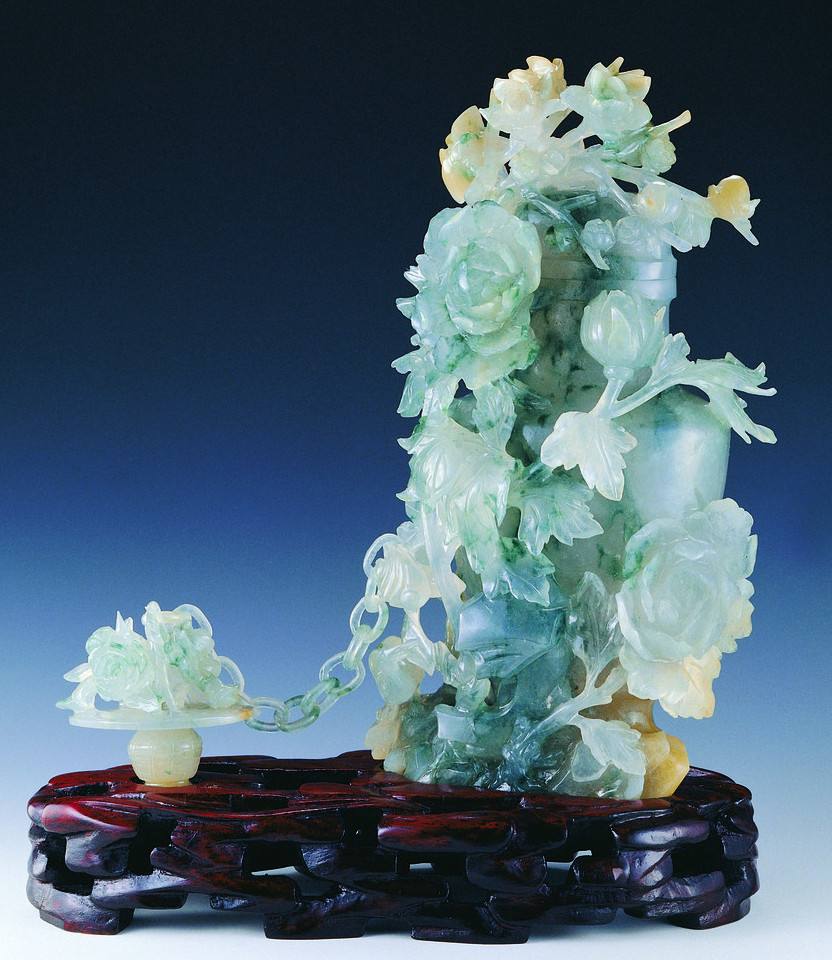
Jade carving falls into two categories: jade jewelry and jade ornaments. Jade jewelry pieces are typically made of precious Burmese emerald jade and fall into three categories: sleek individual pieces, floral individual pieces and brackets. Jade ornaments mostly depict people, flowers, birds or beasts or are shaped into bottles, balls, boats, pagodas, or incense burners. The most exquisite form of jade carving is jade balls with ingeniously carved small balls. Each one is placed inside larger ones and each of which has uniform thickness, can move freely and features patterns of natural landscapes,flowers, people, fish, birds and beasts. The most exquisite jade ball has 20 layers, forming an integral system.
Most local jade shops are located on Daxin Road, Wende Road, Changshou Road, Wenchang Road, Daihe Road…… all doing a booming business.
Wood carving
Wood carving, a traditional folk technique in Guangzhou, is famous for its exquisite elegance. Wood carving falls into two categories: architectural ornaments and furniture carving. Architectural ornaments are mostly made of camphor wood and used on hallways, doors, windows, screens and tables. The columns, beams, doors, windows and screens in the Qing- Dynasty Chen Clan’ s Temple( Guangzhou Folk Art Museum) epitomize the rich varieties and features of Guangzhou’ s wood carving technique.
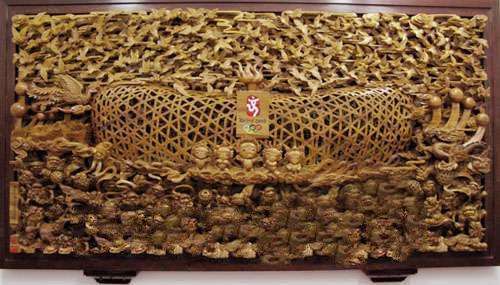
The most sought- after forms of carved furniture are rosewood furniture and wooden cases. Rosewood furniture is a combination of China’ s traditional carving technique and advanced wood structural techniques, featuring ancient appearance, exquisite patterns, sturdiness, and durability constituting a highly prized artistic object for Eastern halls.
Guangdong enamel
Also known as Guangzhou Golden Colored Enamel, it has a history of more than 300 years. It is a typically Eastern technique whereby enamels are painted onto the whole surface of copper, ceramics and other earthenware pieces. Once the painting is completed, the pieces were heated to bond the enamel firmly to the surface of the object creating a colorful piece that exudes color and liveliness.
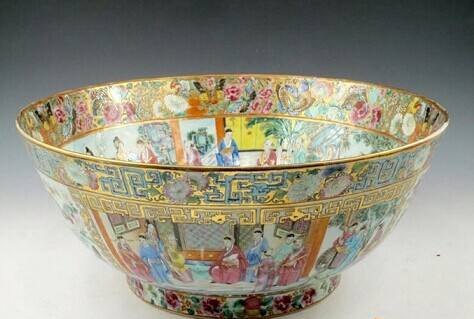
Each enamel piece goes through seven steps: line drawing, color filling, gold painting, green filling, coloring, mouth gilding and firing. Guangdong enamel pieces usually depict people, flowers, birds, beasts, fish and natural landscapes and they are classified as artistic enamel, household ornamental enamel and craftwork enamel and are available in more than 500 varieties with over 2, 000 floral patterns.
Guangdong embroidery
The origin of Chinese embroidery can be traced back to over 2, 000 years of history. The Sichuan, Suzhou, Hunan and Guangdong schools of embroidery are the nation’ s top four that contribute to the fame of this specialty. Guangdong embroidery( also known as Cantonese embroidery) is a generic term for folk techniques found in Guangzhou and neighboring Nanhai, Panyu and Shunde.“ All birds paying homage to the phoenix” and the double- faced“ Golden Fish” are typical of Guangdong Embroidery.

Guangdong embroidery is famous for its rich content, bright colors, vivid patterns, clear threads and delicate stitches, and is used on garments, articles for everyday use, ornaments, pictures and costumes. Major professional makers of Guangdong embroidery include Guangzhou Embroidery Products Factory, Zhonghua Costume Craft Factory and Guangzhou Machine Embroidering Factory.
Guangdong embroidery falls into four categories: floss embroidery, gold and silver thread embroidery, pearl embroidery and machine embroidery. Its varieties have increased steadily in recent years, for example, there are now needle embroidery, brocade embroidery, machine embroidery, embroidered clothes, silk embroidery, pearl embroidery and hand- woven embroidery categories included in the styles produced by Guangzhou houses. Pearl- embroidered footwear and evening wear are immensely popular in the international market, enjoying brisk sales in more than 50 countries and regions in Europe, the United States, Australia and Asia.




